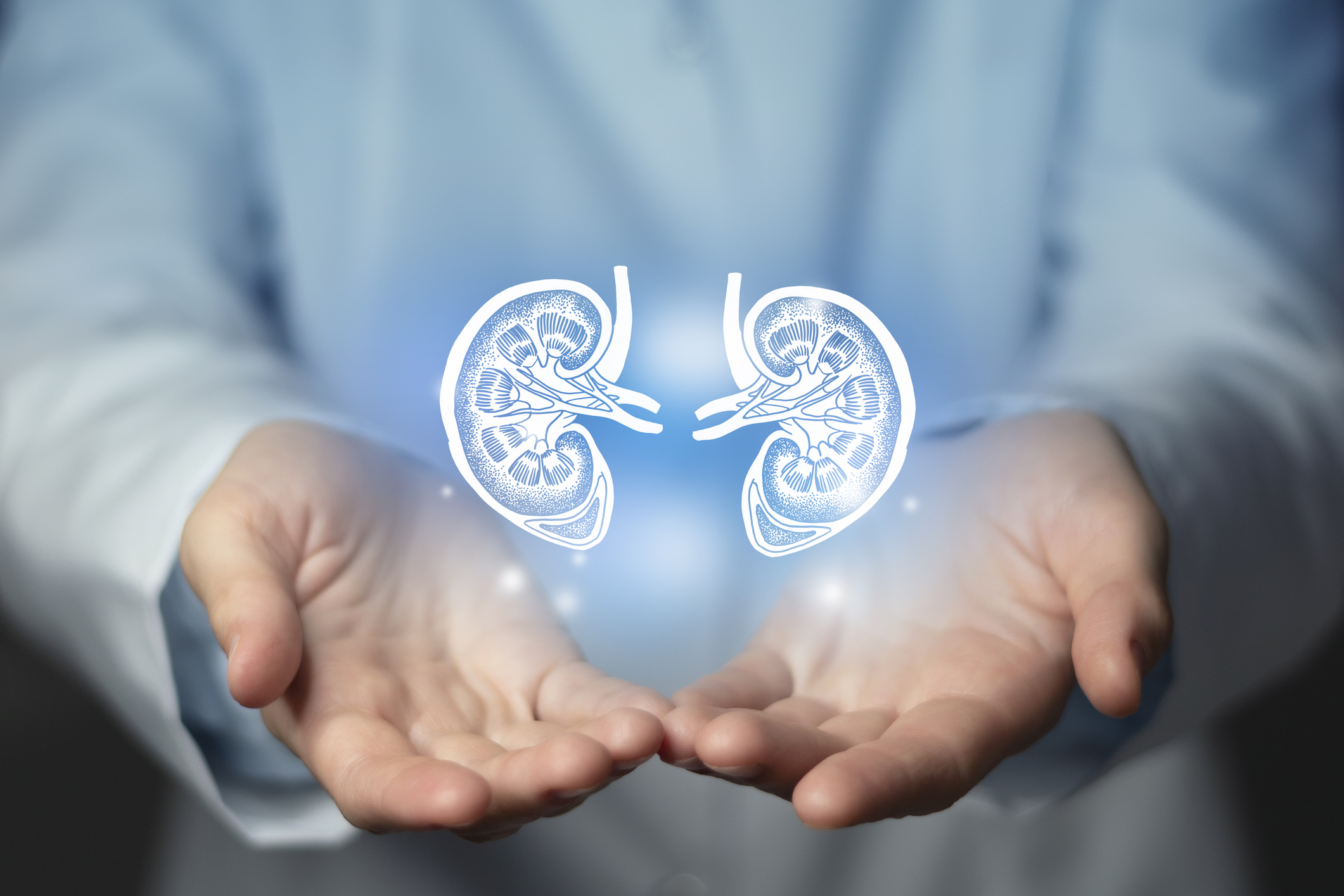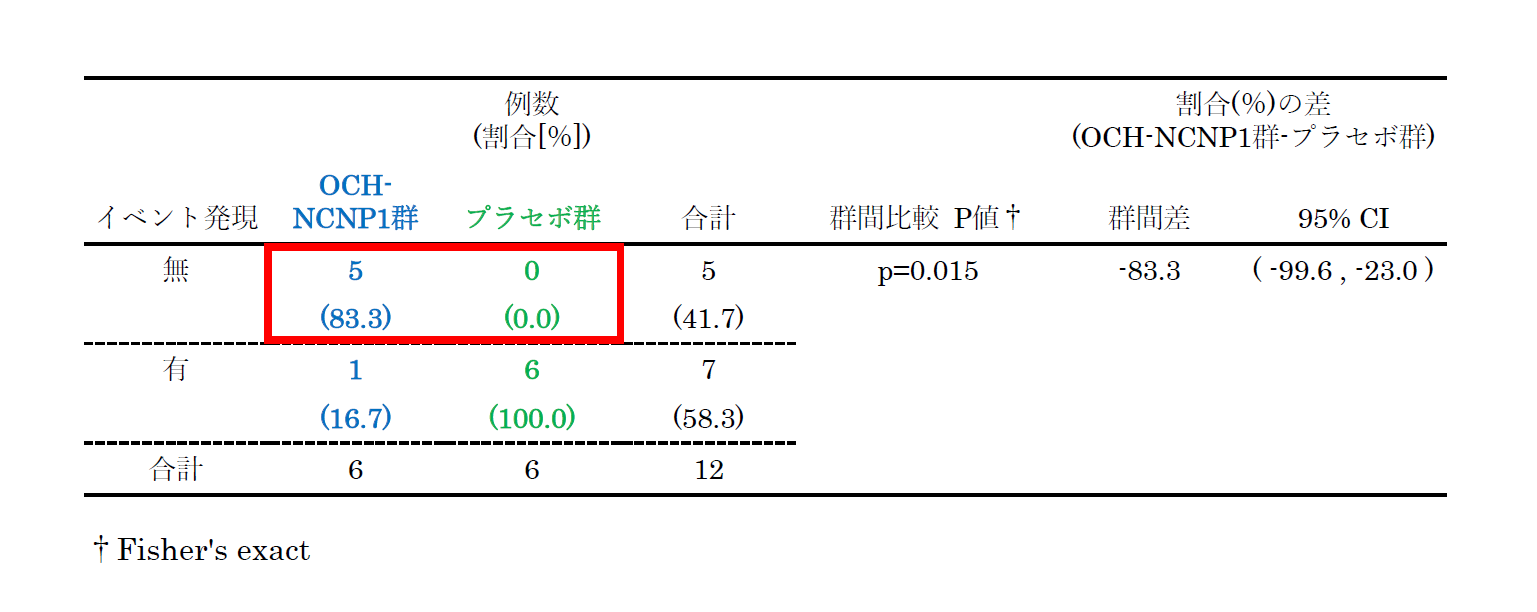2023-06-02 エディンバラ大学

◆この研究結果は、世界人口の10%に影響を与える慢性腎臓病(CKD)の治療において、IHHを潜在的な治療標的として探究するためにさらなる研究が必要であるとされています。CKDは腎臓への損傷を引き起こすが、同時に心血管疾患の加速および早期死亡の主要なリスク要因でもあります。
◆この研究では、TNFという炎症の原因として知られるタンパク質によって活性化される上皮細胞の一部がIHHを産生することが示され、TNFまたはIHHの働きをブロックすることで腎臓の瘢痕形成が減少し、腎機能もより良く保たれることが明らかになりました。CKD患者では循環するIHHのレベルが有意に上昇しており、心血管疾患の患者も心臓のIHHレベルが高かったことが示されました。
◆この研究結果は、TNF/IHHシグナル経路のブロックがCKD患者における腎臓および心臓の瘢痕形成問題の改善につながる可能性を示唆しています。
<関連情報>
- https://www.ed.ac.uk/news/2023/study-highlights-cause-of-chronic-kidney-disease
- https://www.science.org/doi/10.1126/scitranslmed.abn0736
インディアン・ヘッジホッグがTNF活性化腎上皮から放出され、局所および遠隔臓器の線維化を促す Indian Hedgehog release from TNF-activated renal epithelia drives local and remote organ fibrosis
Eoin D. O’Sullivan,Katie J. Mylonas,Cuiyan Xin,David P. Baird,Cyril Carvalho,Marie-Helena Docherty,Ross Campbell,Kylie P. Matchett,Scott H. Waddell,Alexander D. Walker,Kevin M. Gallagher,Siyang Jia ,Steve Leung ,Alexander Laird ,Julia Wilflingseder ,Michaela Willi ,Maximilian Reck,Sarah Finnie ,Angela Pisco,Sabrina Gordon-Keylock,Alexander Medvinsky,Luke Boulter,Neil C. Henderson,Kristina Kirschner,Tamir Chandra,Bryan R. Conway,Jeremy Hughes,Laura Denby,Joseph V. Bonventre and David A. Ferenbach
Science Translational Medicine Published:31 May 2023
DOI:https://doi.org/10.1126/scitranslmed.abn0736
Abstract
Progressive fibrosis is a feature of aging and chronic tissue injury in multiple organs, including the kidney and heart. Glioma-associated oncogene 1 expressing (Gli1+) cells are a major source of activated fibroblasts in multiple organs, but the links between injury, inflammation, and Gli1+ cell expansion and tissue fibrosis remain incompletely understood. We demonstrated that leukocyte-derived tumor necrosis factor (TNF) promoted Gli1+ cell proliferation and cardiorenal fibrosis through induction and release of Indian Hedgehog (IHH) from renal epithelial cells. Using single-cell–resolution transcriptomic analysis, we identified an “inflammatory” proximal tubular epithelial (iPT) population contributing to TNF- and nuclear factor κB (NF-κB)–induced IHH production in vivo. TNF-induced Ubiquitin D (Ubd) expression was observed in human proximal tubular cells in vitro and during murine and human renal disease and aging. Studies using pharmacological and conditional genetic ablation of TNF-induced IHH signaling revealed that IHH activated canonical Hedgehog signaling in Gli1+ cells, which led to their activation, proliferation, and fibrosis within the injured and aging kidney and heart. These changes were inhibited in mice by Ihh deletion in Pax8-expressing cells or by pharmacological blockade of TNF, NF-κB, or Gli1 signaling. Increased amounts of circulating IHH were associated with loss of renal function and higher rates of cardiovascular disease in patients with chronic kidney disease. Thus, IHH connects leukocyte activation to Gli1+ cell expansion and represents a potential target for therapies to inhibit inflammation-induced fibrosis.
Editor’s summary
Fibrosis and inflammation are closely linked in disease, but the mechanisms underlying this connection are not well understood. In this study, O’Sullivan and colleagues identify an epithelial population in human and murine renal fibrosis due to aging or ischemia-reperfusion injury, which they term inflammatory proximal tubular cells. They demonstrate how these cells release Indian hedgehog (IHH) in response to circulating TNF and thereby promote fibrosis through activation of Gli1-expressing cells. These results provide insight into circulating factors that regulate fibrosis and suggest that IHH signaling may be a potential therapeutic target. —Allison Williams


